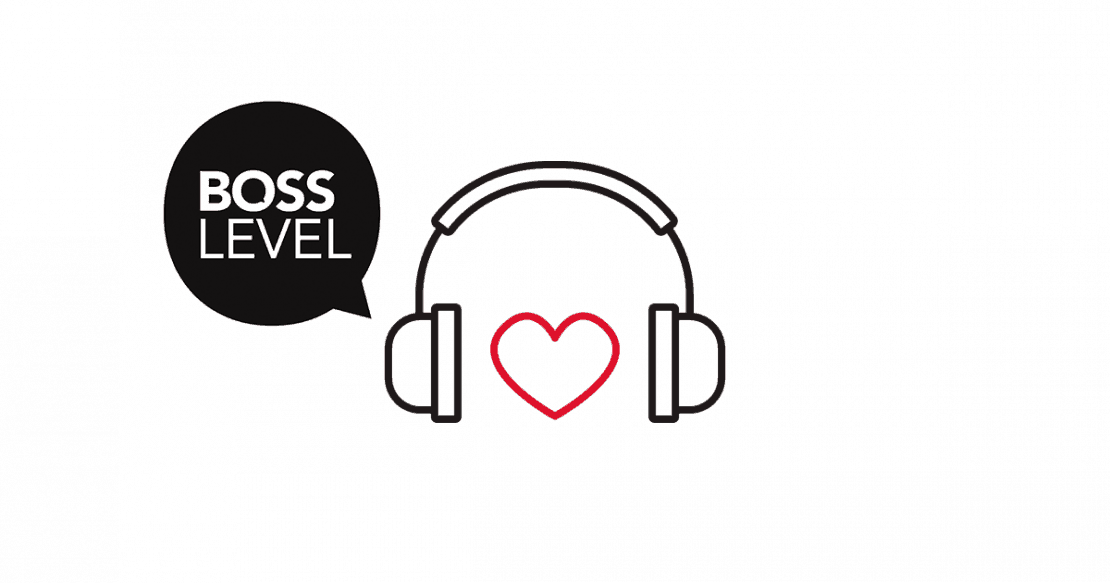20Jul2016
New study contradicts traditional innovation models and suggests that innovative ideas generated during slack time may have a higher average complexity and value.
What is the correlation between slack time and innovation? According to award-winning author and innovator Phil McKinney, slack time allows the brain to roam freely, decreases stress, provides an opportunity to refresh, and, ultimately, creates a better work environment, making people happier and more productive.
A new study called “Slack Time and Innovation” shows that even companies like Google, 3M and Wella encourage their workers to be innovative besides their strongly innovation-oriented work environments, by providing slack time.
The team of researchers from MIT, University of Toronto and HBS, who authored the study, estimated that this happens because innovative ideas generated during slack time may not necessarily be of lower value. On the contrary.
As Paul Graham, Y-Combinator founder, wrote: “Microsoft and Facebook both got started in January. At Harvard that is (or was) Reading Period, when students have no classes to attend because they’re supposed to be studying for finals.”
Many innovative ideas seem to be generated as side projects by employees and students.
Looking at complex projects, it also appears that they can be completed in much less total time during slack time than during a more fractured work schedule because there is more focus and interruptions are minimal. Previous research has also shown that an extended period of time increases creative output.
In their research, the authors tested three predictions using innovation data from 165,410 projects crowdfunded on Kickstarter between April 2009 and April 2015.
These predictions are:
- More projects go through the fundraising stage during slack time.
- More complex projects advance during slack time with focus and proper coordination.
- Projects that advance during slack time create more value if the benefit of slack time for complex projects is big enough.
The information collected from Kickstarter includes a total of $1.4 B raised both by successful (funded – 44 percent of projects, 89 percent of capital) and failed (not fully funded – 56 percent of projects, 11 percent of capital) projects. The overall success of projects, once funded, is not part of this study’s scope.
At a more granular level, stats show that the maximum number of successful projects for any US city in one week is 45 (in Los Angeles), while the maximum number of failed ones is 79 (also in Los Angeles).
The authors’ measure of innovation reflects the variation in the cost of preparing the materials needed for posting a project on Kickstarter, rather than the cost of developing the idea itself. Most of the time, ideas posted on the site are in a budding stage, and, to attract funding, the entrepreneur must communicate his idea through text and video and reward the backers with certain perks.
This study also connects the embryonic yet rapidly growing research on crowdfunding with the more established innovation literature.
To focus on slack time, in particular, the authors combined the location and projects’ timing data with information about the exact timing of school breaks in locations with top 200 US colleges. They noticed that the number of projects posted during school breaks was higher than during work weeks. These projects were usually in areas like design, technology, music and fashion.
To rule out any correlation related to seasonality, the authors determined that there’s neither an increase nor a decrease in projects before or after school breaks.
“(…) when top engineering schools are on break, we see a positive effect on technology projects but not art projects, and vice versa when art and design schools are on break,” write the researchers.
Their other assumption was that projects posted during college breaks might be different than those posted during work weeks. Projects posted during breaks consist of larger teams, have larger goals and longer delivery dates.
“(…) while each particular measure is an imperfect proxy for complexity and/or value, together the results are consistent with projects posted during break weeks being qualitatively different from projects posted during work weeks, even if the measures are individually imperfect,” highlight the authors.
The study has certain limitations: different types of slack time and creative endeavors may generate different results; the timing of posting on Kickstarter is correlated with the timing of activities related to financing and developing an idea into a product; the inability to identify the initiator of a project (among students, professors or other community members); complexity and quality measures are imperfect.
How do these results contribute to our understanding of how slack time affects innovation? “They suggest,” the authors conclude, “that slack time can lead to an increase in creative projects, particularly relatively complex, high-quality projects.”
Sources:
“Slack Time and Innovation” – Ajay Agrawal, Avi Goldfarb, Christian Catalini, Hong Luo
“Why is Slack Time So Important to Innovation?” – Phil Mckinney
“How to Get Startup Ideas” – Paul Graham
[sam id=”4″ codes=”true”]



 by:
by: